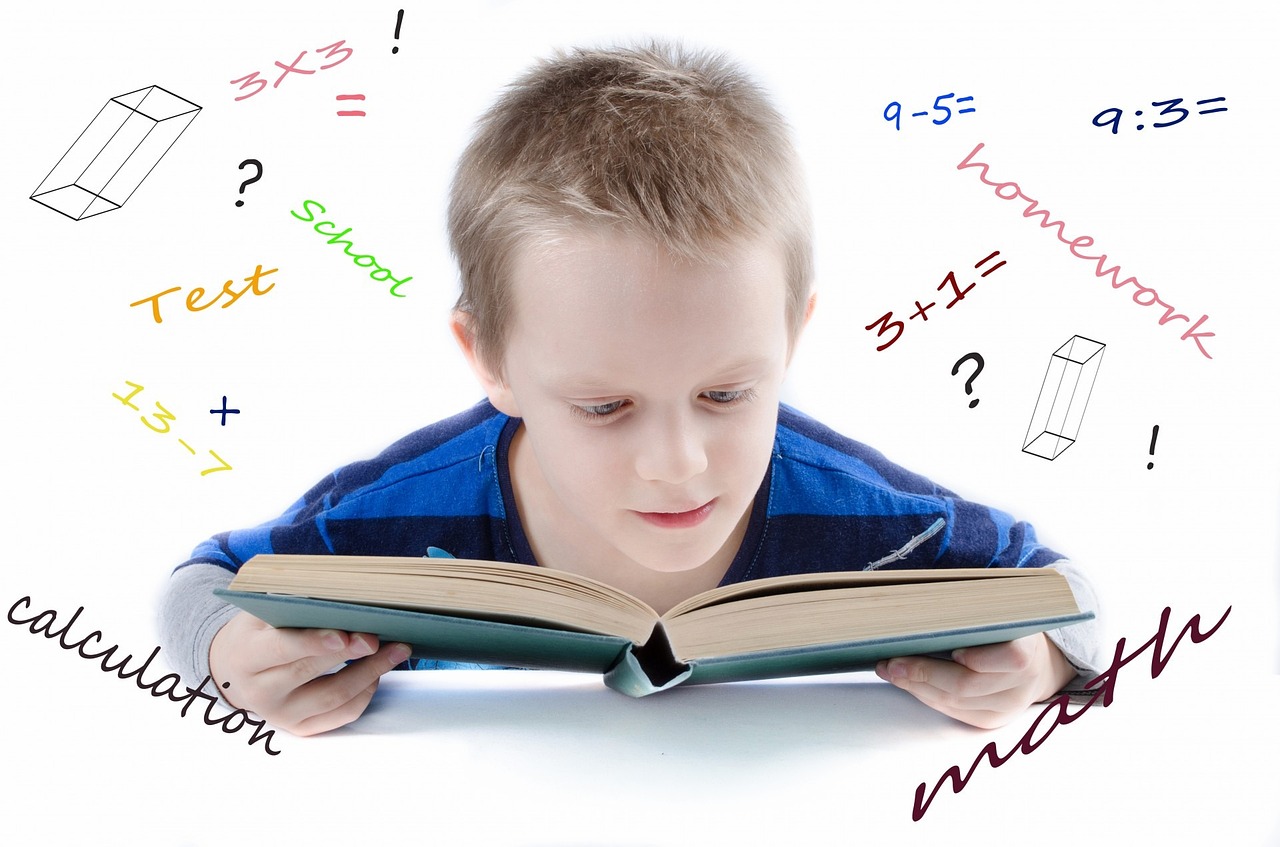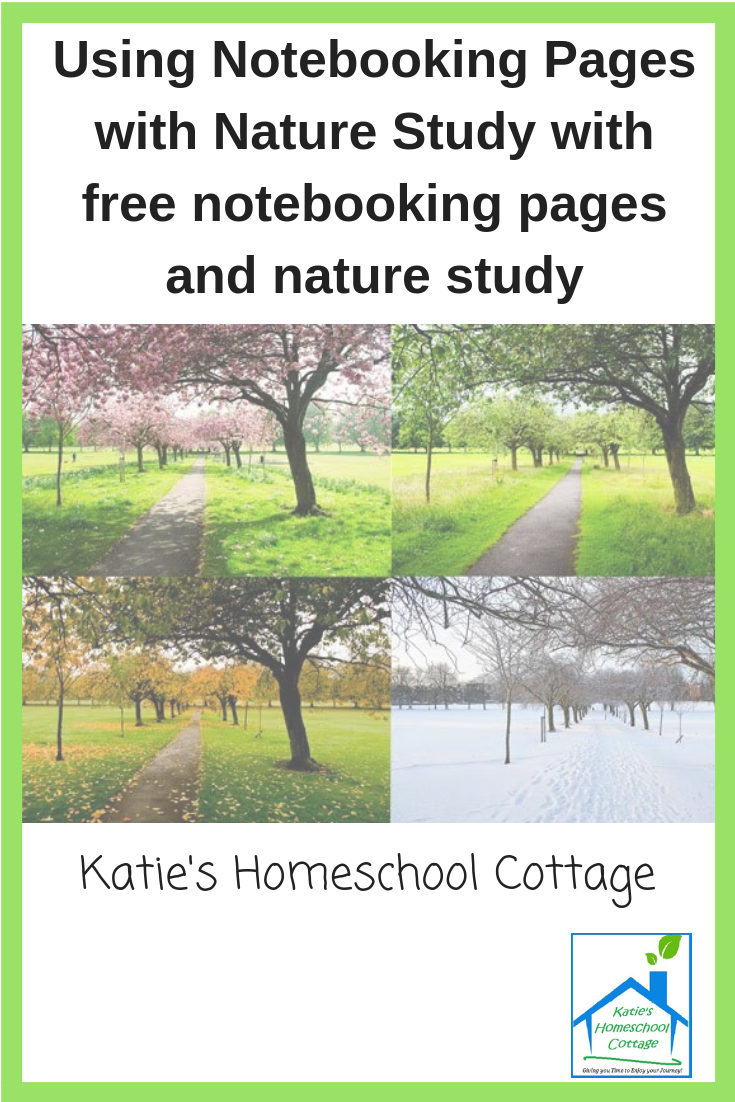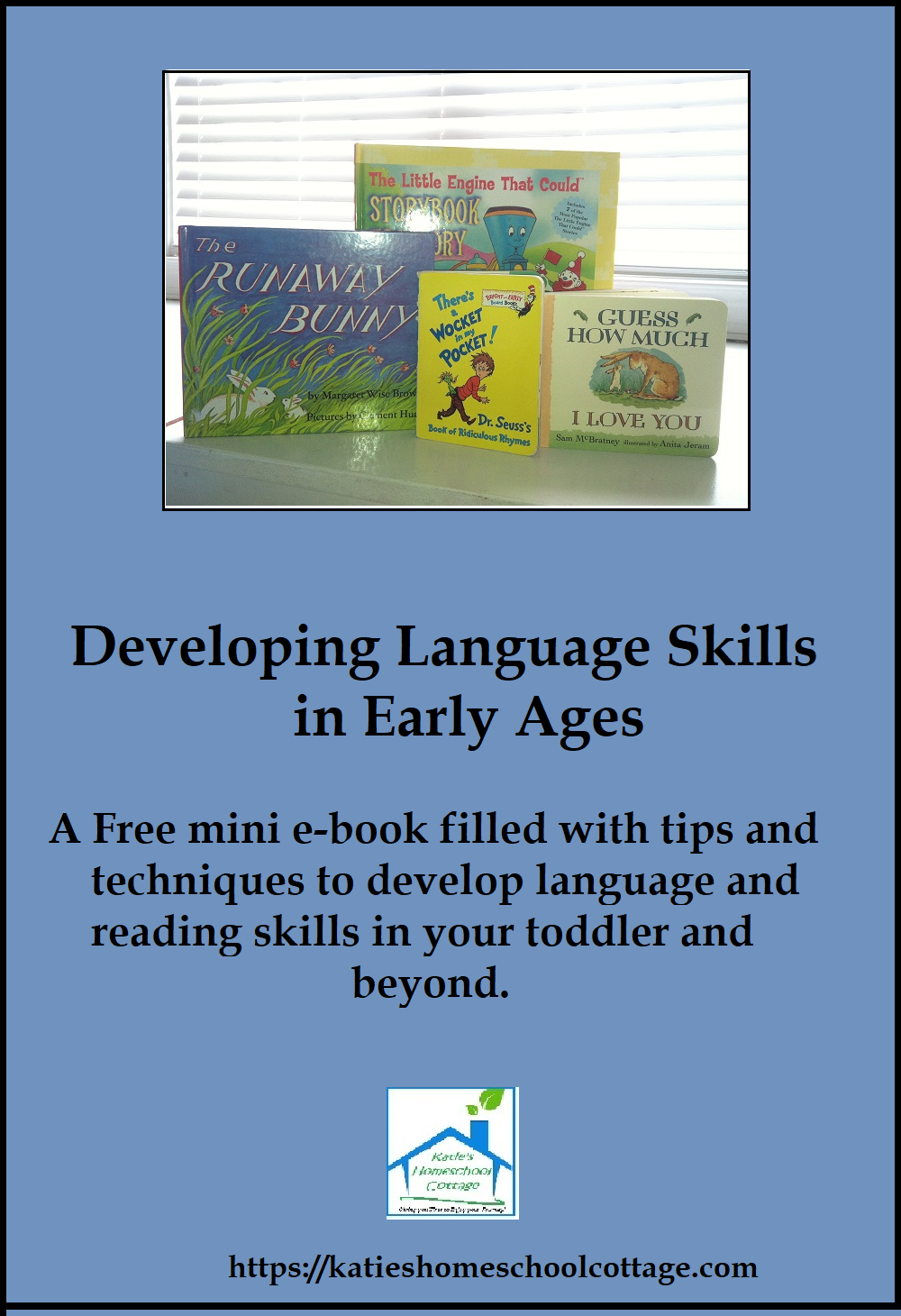Teaching math using living books may not seem like it goes together. But it does!
When you think of Charlotte Mason you think of using living books as the foundation of your studies. So, how are you supposed to use living books that you read to help your child understand and learn mathetical concepts? This is a very common question amongst homeschoolers using Charlotte Mason methods.
Usually, parents find a math program that suits their child’s individual learning style, which is a major goal in homeschooling. But, what can you use to add variety and spice things up abit, or to connect what you are learning in history, science, and literature with your mathematics? That’s right, living books!
You can read fictional stories involving the use of math concepts, non-fictional books putting math concepts in real settings and examples, and biographies of mathematicians and scientists who developed or used certain math concepts. Depending upon what you are studying in math, history, or science will determine what concepts you will read and what people you will study.
Tying these real books in with the study of math or history makes math come alive, making it personally significant and significant to what you are studying in other subjects.
Some examples of fictional books using a story to explain and utilize math concepts are –
Books by Mitsumasa Anno and David Adler
Series:
- Math Start
- Step into Reading + Math
- Rookie Readers – Math
Some examples of non-fiction books setting math concepts in real life situations and examining real examples are found in the following series:
Math Works!
Math for the Real World
Math All Around Me
When studying mathematicians or scientists in history or science, it’s fun to include a biography of the person. The children enjoy knowing what the person was like and what made them so interested in the concepts they discovered or helped to develop.
My kids definitely enjoyed the stories of Archimedes and his adventures in the bathtub! These are the stories that stick and in turn help make the concepts associated with these entertaining personalities stick in our memories too!
Here are some suggested biographical resources for some famous mathematicians:
Math and Mathematicians: the history of math discoveries around the world by Leonard C. Bruno
Archimedes: Mathematical Genius of the Ancient World by Mary Gow
The Life and Times of Pythagoras by Susan and William Harkins
The Thirteen Books of Euclid’s Elements
The Librarian Who Measured the Earth by Kathryn Lasky
Some examples of activities you might want to include when reading any of these books might include narration at the conclusion of a chapter of a short book or at the end of a longer one, then writing a narration on a notebooking page.
Your notebook page might include an explanation of the concept, formula if there is one, an example of the concept (including a math problem if that is how you use the concept), and a story example using the concept in a real life situation that your child can pull from their own experience.
You can also write a narration from one of the biographies using a biography notebooking page or a specific mathematician notebooking page, such as the one at this website for Pythagoras https://www.teacherspayteachers.com/Product/Mathematicians-Are-People-Too-Notebook-Pages-Pythagoras-Sample-2565246?st=6df618473d47525593dc4cce1ab7311c.
If you wish, you can incorporate the use of copywork from some of these biographies or quotes from mathematicians and then have your children do dictation from this copywork.
We have done a number of these types of books and notebooking pages. You can go further, if you come across a fun idea like our family did when we were studying Archimedes during our ancient history studies. We found out that he developed the concept of Pi that we use today.
We also found out that National Pi Day was on March 14th, so we held Pi Day at our house! We read, wrote, played some problem-solving games and activities using Pi (while wearing Pi headbands). At the end of the day, we had to calculate the dimensions of our pizza pie using the formula for Pi before we could all eat our dinner.
To start your planning for Pi day, March 14th, try out this website www.exploratorium.edu/pi. To add some more fun to Pi day with a book, try reading Sir Cumference and the Dragon of Pi by Cindy Neuschwander.
Celebrate Pi Day with these Activities
March 14 is coming quickly! Make your plans now to celebrate math with Pi Day using some of these neat resources, books, and ideas. We have links to tons of websites with activity suggestions for all grades. We also have a list of books that you can read and follow up with notebooking pages or lapbooks.
We have started out our day with headbands. On the front of the headband we attached a triangle resembling a slice of pizza pie or a circle resembling a whole pie. The kids colored in their favorite pizza or pie. Then wrote the word “Pi”, underneath that “3.14”, then “(the pi symbol).” We wore our headbands for the rest of the day, so that whenever we looked at one another, the “visual” learners had a reminder of Pi throughout the day.
We read a variety of stories involving the use of measuring a circle and all its measurements. At the same time, we happened to be studying ancient Egypt, so that we were reading a book about Archimedes at the time. Here is a list of books that relate to the study of Pi:
- Sir Cumference and Dragon of Pi by Cindy Neuschwander
- Sir Cumference and the Isle of Immeter (diameter of a circle) by Cindy Neuschwander
- Sir Cumference and the First Round Table (circles) by Cindy Neuschwander
- Sir Cumference and the Sword in the Cone (cone’s dimensions) by Cindy Neuschwander
- Archimedes and the Door of Science by Jeanne Bendick (the chapters near the end of the book look at Archimedes’ mathematical studies)
- Piece of Pi: Wit-sharpening, Brain-bruising, Number-Crunching Activities with Pi by Naila Bokhari (activity book)
- The Joy of Pi by David Blatner (middle to high school range)
- A History of Pi by Petr Beckmann (high school) (reference to million years old earth on first page)
Part of our day we read books, writing a notebook page summarizing what we learned about Pi on the bottom half of a notebook page and on the top half, drawing diagrams and examples of using Pi in a formula.
My younger son had a worksheet with a table to fill in as he measured the circumference, diameter, and radius of objects around the house. My older son had a similar table to complete, but had an extra column where he had to use Pi to calculate the different dimensions of various circular objects around the house.
Some Pi activity worksheets can be found at Enchanted Learning and edhelper.com.
Other Pi activities can be found at the following websites:
http://www.education-world.com/a_lesson/lesson/lesson335.shtml
http://www.exploratorium.edu/pi/
http://www.teachpi.org/activities.htm
You can end your Pi Day celebration like we did, by making a pizza (or ordering one) and taking its measurements using the formula. Enjoy your day making memories no one will forget!
We have our own Pi Day Celebration suggestions that we have enjoyed. (There’s even a free Pi Day headband printable for you.)
For a great list of living books for young ages to use in exploring math concepts, visit Teaching with Children’s Books.
To see a list of other posts related to Charlotte Mason Homeschooling click here.





